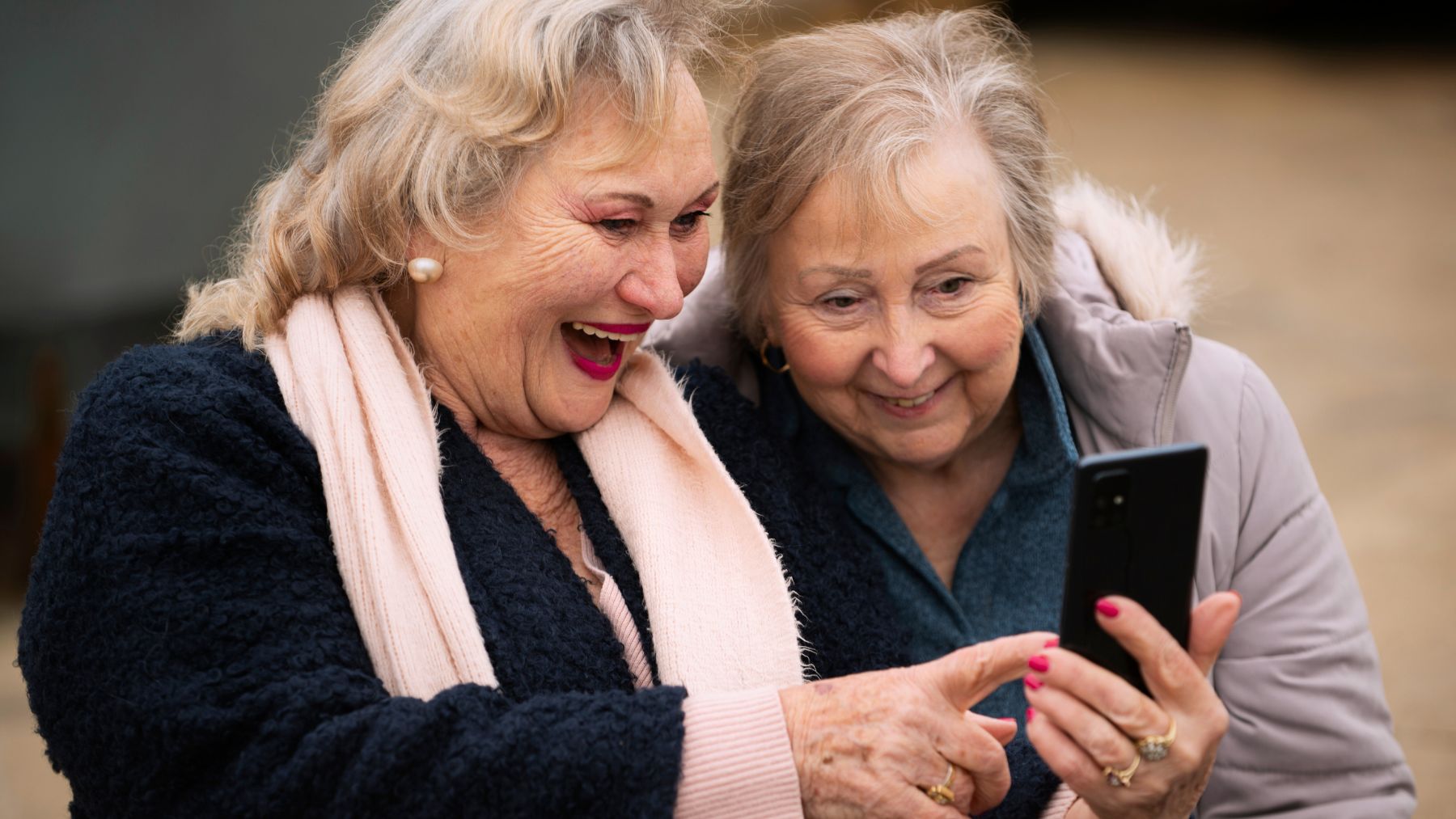Staying socially connected is important at any age, but especially after 65. Many older adults face isolation due to mobility changes, loss of loved ones, or simply fewer day-to-day interactions. While book clubs, volunteering, or church groups can help, the National Institute on Aging suggests something less expected: learning how to use email or social media.
Knowing how to send a message, check in on family, or join an online group adds another layer of support for older folks. Let’s explore the relevance of this tip and how seniors can get started, even with no prior experience.
Why seniors over 65 should learn to use email and social media
The NIA recognizes that loneliness and social isolation affect both mental and physical health, and staying connected online can be a practical way to reduce those risks. Sending an email, commenting on a family photo, or attending a virtual event makes it easier to stay in the loop when getting out of the house is hard.
Technology helps bridge gaps caused by distance, mobility, or health issues. Grandkids might live across the country, and friends may no longer be nearby, but a video call or group message helps maintain relationships. That kind of connection keeps older adults engaged and emotionally present, which can support memory, mood, and daily functioning.
The recommendation doesn’t involve choosing email over in-person activities. It’s about expanding your options and using email or social media as an added lifeline, especially during times when getting out or reaching others becomes harder.
How to start using email and social media to feel less alone
If you’re new to this or know someone who is, it helps to take small steps. The goal is to gain enough skill to stay connected and gain confidence.
- Start with the basics. Learning how to turn on a device, open a browser, and use a keyboard or touchscreen is the foundation. Libraries and senior centers in the US often offer free classes or one-on-one help.
- Set up an email account. Gmail or Outlook are good starting points. Choose a clear, simple password and write it down somewhere safe. Use email first for familiar things like sending a note to family or receiving updates from your doctor’s office.
- Try one platform at a time. Facebook is often easiest for older adults because it lets you follow family members, groups, or local pages. You can also use it to video chat.
- Ask for support. Friends, grandkids, or caregivers can help you learn. Don’t be afraid to ask questions or write things down.
- Use safety settings. Learn how to recognize spam, set privacy preferences, and block unwanted messages. Many platforms offer step-by-step guides or videos that explain how.
- Practice regularly. Like any skill, it gets easier the more you use it. Try sending one message a day, commenting on a post, or joining a new group online.
Learning to use digital tools can be a powerful way to feel less isolated. It won’t replace all forms of connection, but it’s another way to stay involved and informed. With the right support and a little practice, it’s never too late to learn something new.

